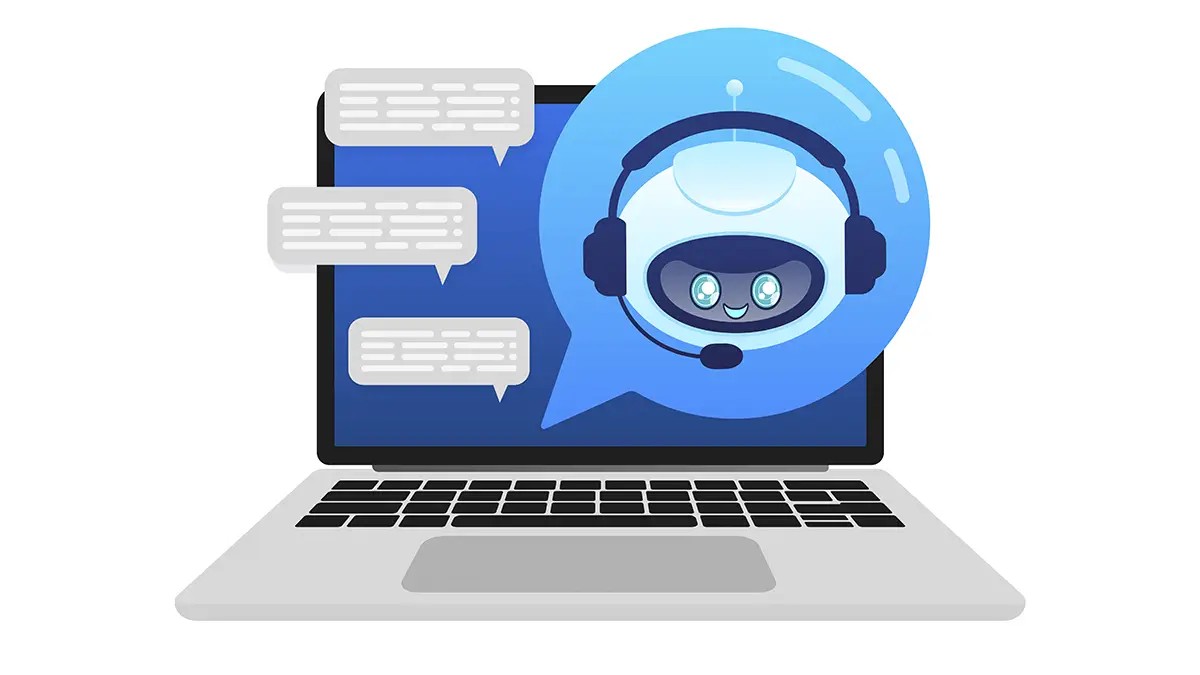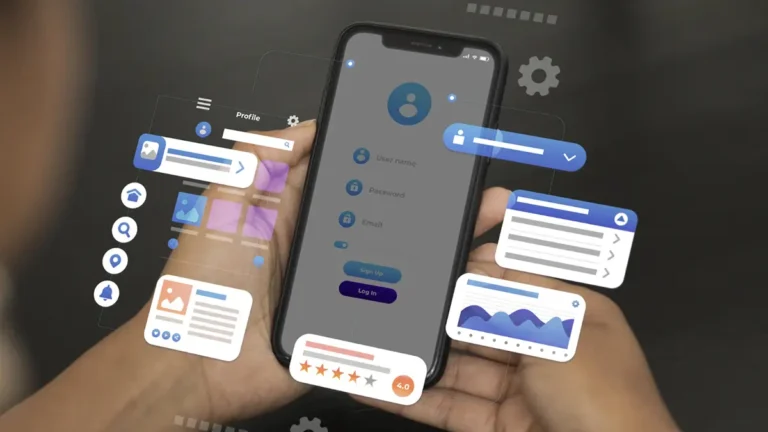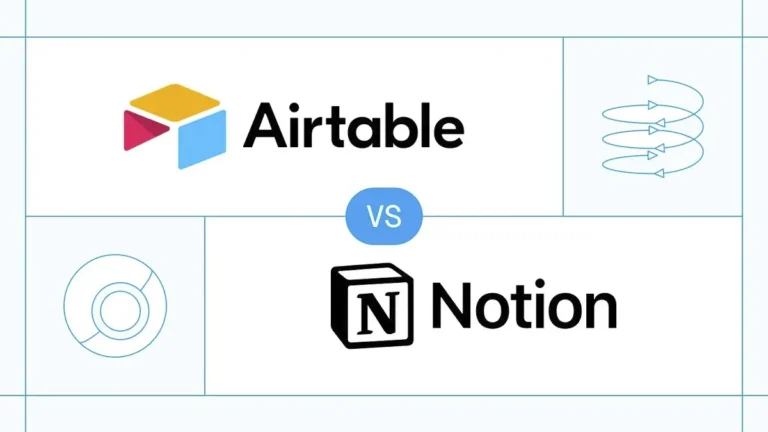Automated Customer Support in 2025: Tools, Benefits & Success Stories
Automated customer support is one of the greatest advances in customer service for the modern era. Because customers expect support fast, efficiently, and at all times. These days, companies need an automated customer support system that works with advanced technologies to streamline and optimize customer service operations.
By using tools like chatbots, which guarantee automated ticket routing and AI-powered support systems, the companies can decrease the time for that great wait, improve response accuracy, and do this without actually needing the human part.
What exactly is automated customer support, and why has it become important for firms today? We will review the different types of automated customer-service tooling, the benefits they bring to the table, and the steps a company can take to set them up for successful customer service use. We’ll also discuss how automated systems improve customer service and business.
Automated Customer Support: What Does It Mean?
Automated customer support systems use technology like these systems works on machine learning techniques or a pre-programmed system. Such technologies prepare them to handle and reply to customer inquiries according to your business requirements.
AI automated customer support systems can perform activities as simple as answering frequently asked questions or as complicated as assisting in troubleshooting issues and fulfilling a request in real-time. Chatbot systems are one of the most common forms of automated customer support. Operating on artificial intelligence, chatbots can simulate human conversation, allowing interaction with customers and instant response delivery.
Other forms of automation include automated ticket routing, IVR customer service, and self-service support automation, all saving time and costs while increasing the overall level of efficiency.
How Does Automated Customer Support Work?

Automated customer service uses the latest technology. The frequently used ones are AI chatbots and natural language processing (NLP). These methods help customers to get their support quickly. It makes the entire support process easier when a customer contacts the support team.
This automated system spots their issue by analyzing keywords and NLPs they use. Based on their query, AI customer support provides a quick solution. Moreover, it can escalate the problem to a human agent if needed.
Smart Support & Real Solutions
A great example of this system can be found in our daily lives. For instance, when your electronic device won’t turn on, you likely head straight to the support page. What happens next? An AI chatbot usually greets you and collects details about the issue. It may then offer a quick checklist or direct you to a relevant help article.
The chatbot also asks for feedback to check if the issue has been resolved. If not, it suggests alternative solutions or connects you with a human agent if needed.
Similarly, many people are now automating their social media posts. Want to learn how you can automate yours too? Here is a quick guide for you.
Popular Tools & Software Options
Businesses use various software platforms to build effective automated customer service. These powerful tools offer specific strengths to help manage customer interactions and improve support.
| Tool | Best For | Key Features | Pricing Range |
| Zendesk | Ticketing + Workflow Automation | Ticket routing, macros, knowledge base integration | From $49/user/month |
| Intercom | Live chat + Onboarding | Conversational bots, email automation, help center | From $74/month |
| Salesforce Service Cloud | Large Enterprises | AI-powered automation, CRM integration, omnichannel | Custom pricing |
| Knowmax | Knowledge Management | AI-powered guides, decision trees, call support tools | Based on usage |
| DevRev | Support + Product Team Integration | AI ticket classification, unified product + support view | Starts at $20/user/month |
Types of Automated Customer Support Tools
Automated customer service tools consist of many types. Each serves a different purpose. Some offer comprehensive solutions while some are designed to provide specific customer support.
Therefore, it is essential to learn the difference, what purpose they serve, and how you can integrate them into your day-to-day corporate operations. The best thing about these chatbots is that you can further optimize these automated chatbots to perform according to your business needs.
Let’s find out more about the most common customer support tools used by businesses today:
1. Chatbot customer support
Chatbot customer support is one of the most common implementations of automated customer service. These bots act as intermediaries as they can easily talk to your customers just like a human agent would. They address all frequently asked questions and suggest a relevant product. Additionally, they can precisely guide them with basic troubleshooting steps.
2. Automated Ticket Routing
Another important tool is automated ticket routing. These automated systems ensure tickets land in the right department when customers escalate a request or file a complaint. They ensure that an appropriate support agent handles the query depending on the nature of the problem it is about. So, all serious technical problems get routed to tech support, whereas general inquiries go to non-technical support.
3. IVR Customer Service
IVR stands for Interactive Voice Response, it designs a system whereby customers can call from a phone line into a virtual customer service. Customers will have their queries answered and often directed to departments through automated voices or keyboard systems.
4. Self-Service Support Automation
Self-service support automation is essentially paving the way to allow customers to self-solve problems. Businesses can therefore put a knowledge base, FAQ, and how-to videos within a customer’s reach for customer solutions without needing to contact support directly.
The Future of Automated Support
Automated customer service is constantly evolving. So, we can expect even smarter help in the future.
- Generative AI
It always lets systems create more natural and helpful responses. This process does not rely only on pre-written ones.
- Voice-based assistants
Although it is pretty much in use for day-to-day tasks, as we can see Siri and Alexa doing their jobs fantastically. But there is still more room for progress and to make talking to support over the phone feel more human-like.
- Multilingual Support
Most of the automated support systems respond in English or other global languages. It creates a gap for regional and local languages around the globe. In the future, we can see that Systems will also become multilingual to provide support without language barriers.
- Agentic AI
Look out for “agentic AI,” which means AI that can take more steps on its own to solve problems. Imagine proactive engagement, where support reaches out to you with solutions even before you realize you have an issue!
Benefits of Automation Customer Support
This is why an automated customer support feature could harness lots of benefits for your enterprise. Let us highlight some of the major advantages automated customer service tools can offer to businesses:
A. Cost Reduction
Automated features may contribute significantly to the reduction in costs for this sector. For example, the use of chatbots for simple inquiries may largely reduce the number of human agents needed. This may definitely contribute toward the savings of the company in terms of staffing, particularly in peak times when human agents could get overwhelmed. In the words of a Gartner study, by the year 2022, automation tools for customer support projected to cut customer service costs down by 30%.
2. Faster Response Times
Immediately imparting service to clients means that their long hours of standing in long queues or busy phone lines would be a thing of the past. Simple questions may be answered, or in-depth information may be given by these automated systems promptly. This leads to an improvement in client satisfaction and retention rates.
3. Scalability
With the expansion of your company, customer service inquiries increase. Automated customer support tools are built in a way to fit the scale of your company. Be it 10 inquiries or 10,000 inquiries, they can easily handle the load with no need for more staff or operational complexity. Such a thing makes automation great for companies that face seasonal highs or almost rapid growth.
4. 24/7 Availability
The best advantage of these automated customer support 24/7 availability. Customers situated in different time zones can reach out at any time at their convenience, ensuring they get served right away. The result of this is increased customer satisfaction and wider global outreach of your business.
5. Consistency and Accuracy
Automated systems provide only a standard response to customers. This removes human error and guarantees accuracy. Whether it’s a chatbot that provides the solution or an IVR system, directing calls to the right department, automated customer service will make sure each customer gets the same great service, every time.
Case Studies & Real-World Success with Automation
Businesses worldwide are already seeing remarkable results from automated customer support. Here are some key examples that show how automation is reshaping customer service:
Microsoft
Microsoft reported saving over $500 million annually by integrating AI into its customer support systems. Through virtual agents and AI-powered self-service, they handled millions of queries efficiently while reducing the need for human agents.
(Source: The Australian, 2024)
American Express
AmEx uses machine learning to predict customer questions and route them to the right channel, reducing service time by 30% and boosting customer satisfaction.
H&M (Retail)
H&M’s AI chatbots handle 85% of customer queries without human involvement, streamlining customer service during high-demand seasons like Black Friday.
Limitations & Common Pitfalls
Automated customer support can be beneficial and offers several advantages when used thoughtfully. However, using it carelessly may lead to problems for both the customer and the company.
Common Practical Challenges Include:
- Less Personal Feel
Automated systems hardly give a human touch. They do not interact well with emotions, and so most interactions with sensitive issues can feel cold or frustrating.
- Chatbot Failures
Completely incompetent, as sometimes chatbots fail to understand complex or somewhat bizarre queries. They can go mute, give answers that fall into the realm of fantasy, or repeat themselves in an endless loop; all these annoy the customer.
- Language Difficulties
Even if the automated system has several languages to offer, it is generally possible that an accent, a phrase, or the subtle meanings will be misunderstood while interacting with the automated answering service.
- Over-automation
Complete automation is not always possible. If the system experiences downtime or a technical glitch when a user needs human assistance, it can lead to total frustration for the user, as they are forced to wait for every interaction.
Best Practices for Success

The true success with automated customer support depends on its smart implementation, not just using the tech.
- Mix AI with People
Don’t eliminate human interaction entirely. Let automated systems handle simple, routine tasks so your human support team can focus on complex issues and building strong customer relationships. This balance ensures both quick service and personalized care.
- Listen to What Customers Say
Regularly review customer feedback on your automated support. Use their insights to identify pain points, improve performance, and enhance the overall experience.
- Make It Personal
Even with automated systems, try to make each customer feel special. Use their information to offer help that fits them and shows you care about their needs.
- Keep Things Fresh
Your support system should always be improving. Look at your automated processes and tools regularly to make sure they’re working well and efficiently all the time.
How to Take Automated Customer Support Into Use
Implementing automated customer support in your business may sound like an impossible thing to do, but think twice and have the right tools and approaches; you will find it very easy to do. The following are the steps to help you get started:
1. Identify Customer Service Needs
Before implementing automated customer support, it’s important to fine-tune your customer service operations to identify the areas where automation will have the greatest impact. For instance, if your business frequently receives simple inquiries, such as questions about store hours or product availability, a chatbot can effectively handle these and improve efficiency. On the other hand, for more complex needs like managing high volumes of support tickets, an automated ticket-routing system can be a valuable solution.
2. Choose the Right Tools
One can find a great variety of automated support systems, each with its specifications and capabilities. So the challenge is to find tools that respond to your actual business needs. For Example:
- If you need a system for responding to frequent inquiries, go for a chatbot.
- If you want to streamline phone support, then IVR systems may be of interest.
- Automated ticket routing systems may help you best if your main interest is ticketing.
3. Train Your Team
Regardless of the bulk automated processes that move the workload behind the scenes, your team should be trained to handle the system in its effectiveness. They should understand how the automated tools work, be aware of the interactions taking place, and intervene when necessary for complex inquiries. Besides, they should be trained on either side of the system.
4. Monitor and Optimize
These chatbots help you monitor performance easily. You can check if everything is in place with your automated customer support system. There are different analytics tools to see key metrics. Review customer satisfaction and response time. You can also see issue resolution rates. All these details help you make essential changes and adjust ongoing system optimization to improve results in the future.
Conclusion
What’s more is that automated customer support is no longer a luxury for businesses. It has become part of a necessity.
Automated customer service tools, such as chatbots, automated ticket routing, and IVR systems, are now common. It helps businesses improve the customer support functions with significant cost savings, quicker response time, and 24/7 customer reach.
Besides, automated customer support is scalable and much more consistent. It will keep businesses ahead in the marketplace and provide them with excellent customer service. This is the factor whereby invading technology will increase for AI-automated customer support.
It is high time you consider how these systems will work for your organization if you have not yet automated your strategy in customer service. You can get the best possible impression by choosing the best automated support systems and connecting them to your existing processes.






